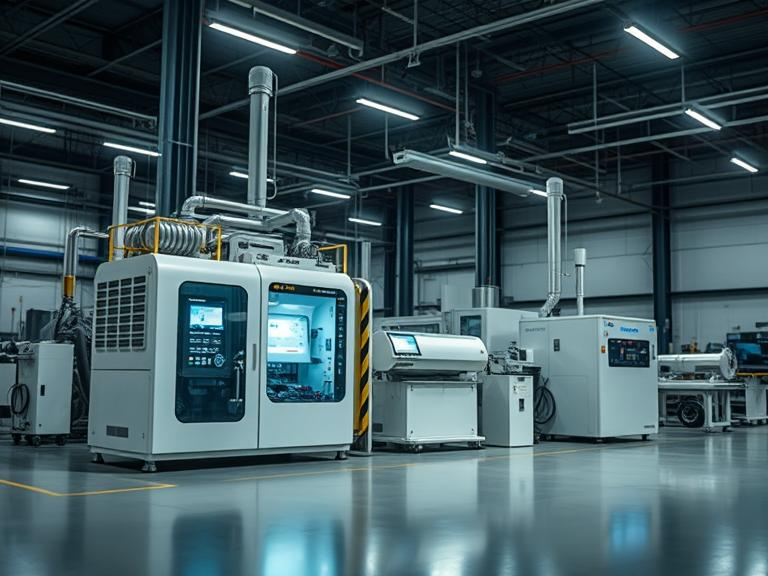
The Future of Cooling: How Steam Absorption Chillers Are Revolutionizing HVAC
Introduction:
With industries increasingly focusing on sustainability and cost-effective operations, the need for energy-efficient cooling solutions has never been greater. One of the most revolutionary cooling technologies gaining traction is the Steam Absorption Chiller (SAC). Unlike conventional mechanical chillers, SACs use steam as a heat source instead of electricity-driven compressors. This makes them particularly advantageous in industries where excess steam is available, such as power plants, manufacturing facilities, and chemical plants.
How Do Steam Absorption Chillers Work?
Steam absorption chillers operate using a thermally-driven absorption refrigeration cycle, in contrast to the electrically powered vapor compression cycle. The process primarily relies on two essential fluids:
• Refrigerant (Water): Acts as the cooling agent.
• Absorbent (Lithium Bromide or Ammonia): Helps absorb the refrigerant vapor to maintain cooling efficiency.
The key stages of the cycle include:
• Evaporation: Water evaporates under low pressure, absorbing heat from the environment and cooling the surrounding space.
• Absorption: The water vapor is absorbed by lithium bromide, maintaining a vacuum and enabling continuous evaporation.
• Regeneration (Desorption): Steam heats the lithium bromide solution, forcing it to release the absorbed water vapor.
• Condensation: The released water vapor cools and condenses back into liquid form, returning to the evaporator to repeat the cycle.
Advantages of Steam Absorption Chillers:
• Energy Efficiency: Since SACs utilize steam instead of electrical compressors, they significantly reduce energy consumption.
• Eco-Friendly: Unlike conventional chillers that use refrigerants with high Global Warming Potential (GWP), SACs use water and lithium bromide, making them environmentally sustainable.
• Cost Savings: Industries with waste steam can utilize it for cooling, reducing operational expenses.
• Minimal Noise & Vibration: Since SACs do not use mechanical compressors, they operate quietly—ideal for hospitals, research labs, and high-end residential applications.
• Extended Equipment Life: With fewer moving parts, SACs experience lower wear and tear, reducing maintenance costs.
Applications of Steam Absorption Chillers
• Power Plants: Utilizing steam from turbines for efficient cooling.
• Oil Refineries & Chemical Plants: Using waste heat to maintain optimal processing temperatures.
• Data Centers: Providing effective cooling with minimal environmental impact.
• Hotels & Hospitals: Where silent operation is a critical requirement.
Challenges and Future Innovations:
While SACs provide numerous advantages, their efficiency depends on the availability and consistency of steam. If steam flow is interrupted, cooling performance can decline. However, modern innovations, such as advanced heat recovery systems and hybrid absorption-compression systems, aim to make absorption chillers even more adaptable.
Conclusion:
Steam Absorption Chillers represent the next step in sustainable cooling, leveraging waste steam to provide efficient temperature control while minimizing carbon footprints. As industries prioritize energy efficiency, SACs are poised to become a mainstream solution in industrial and commercial cooling applications.
Contact us now to join the revolution!
